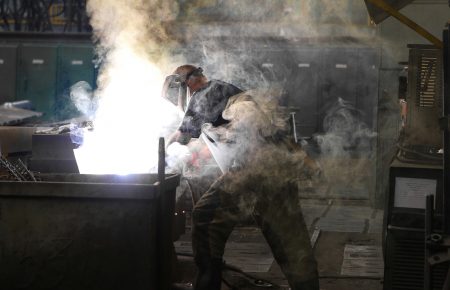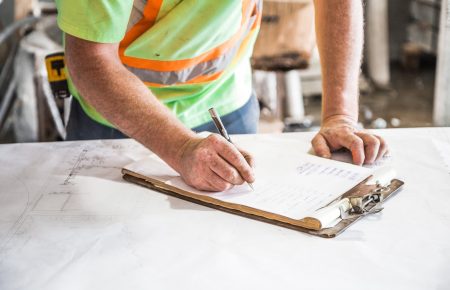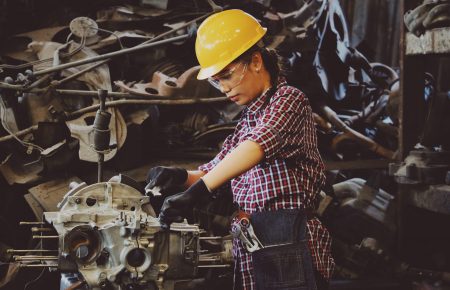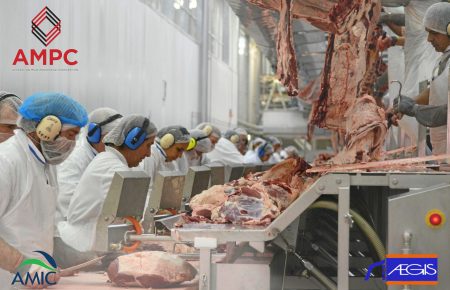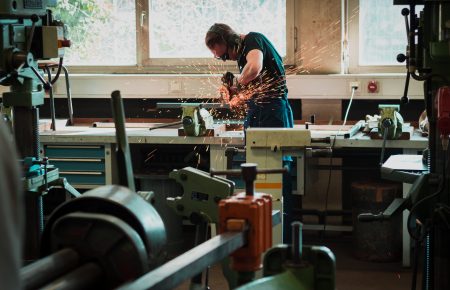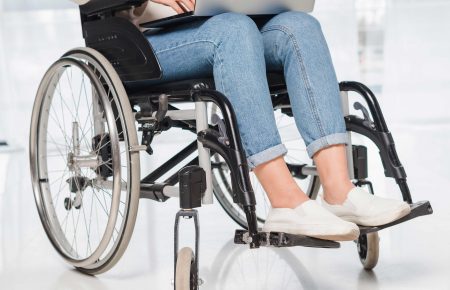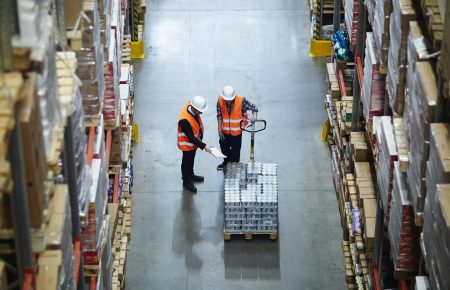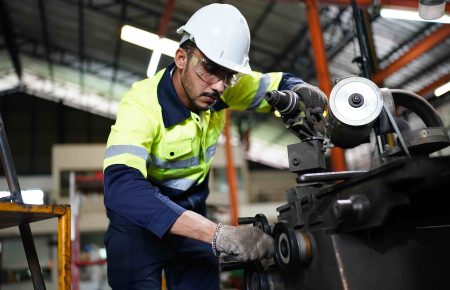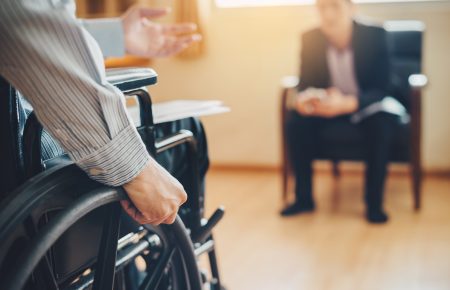“Any injury sustained whilst undertaking work duties away from usual work premises, such as working from home, is also considered as occurring in the course of employment and is covered by your policy.”
The current restrictions in place to keep our community safe from COVID-19 have meant that many people are trying to work from home for the first time. The speed and necessity of this move away from office based work has meant the need for some to skip the planning that they would otherwise do in the planning for such a change.
However, it is worthwhile remembering that our obligations to keep our workforce safe don’t change just because they are working in their own personal environment. Employers still need to be diligent about the usual health and safety procedures that employees would be subject to in the workplace.
OH&S recommendations
WorkSafe Victoria has published recommendations regarding health and safety issues to consider when setting up a home office. These include:
- whether working from a different location will introduce additional risks, such as risks associated with hazardous manual handling
- the suitability of work activities
- the suitability of the workstation set up
- the environment, for example lighting and noise
- communication requirements
- mental and emotional wellbeing
- any training in safe working procedures that may be required
However, as WorkSafe Victoria also notes:
“In some circumstances, working from home may not be reasonably practicable. For example, if a suitable workstation cannot be set up, or employees are not able to carry out their normal work tasks remotely. Other controls, such as implementing other forms of social distancing or delaying non-essential tasks may need to be considered.”
Working from home considerations
With the above in mind, here are some considerations for employers with staff now working from home:
- Just like in an office environment, a home workstation is required to be ergonomic. This includes being in a hazard-free area featuring chair with lumbar support and a desk or table at an appropriate height.
- In addition, WorkSafe Victoria recommends a dedicated workspace should include adequate lighting, ventilation and temperature control with no excessive noise, as well clear walkways free of trip hazards.
- Working from home also means employees should take time to stretch and change position every 30 minutes.
- Hygiene in the home workspace is just as important as in the regular workplace. This includes regular handwashing, wiping down regularly used surfaces and sneezing into your elbow.
Staying in touch
Employers ultimately need to ensure that there is support for these workers working remotely. In addition, employers need to consider reasonable requests to work remotely, even if most staff currently are not doing so.
Employer support might include clarifying goals and team roles, regular online meetings and encouraging workers to communicate with any existing employee assistance program
WorkSafe Victoria recommends staying in regular touch with employees working remotely and that employers should “ensure clear and regular communication is established”. This way, employers can:
- set realistic and clear instructions on workload, roles and tasks allocation and timelines
- check in with staff to ensure they are able to access the systems and technology required to do their job
- monitor work levels
- check that work can be successfully completed from home and adjust work tasks as necessary
- keep employees informed of organisational and work team activities, updates, training and opportunities
In addition, by staying in touch with employees, management will be better equipped to respond to mental health concerns, which often arise in remote working.
If you would like to discuss a working from home transition, please get in touch.







